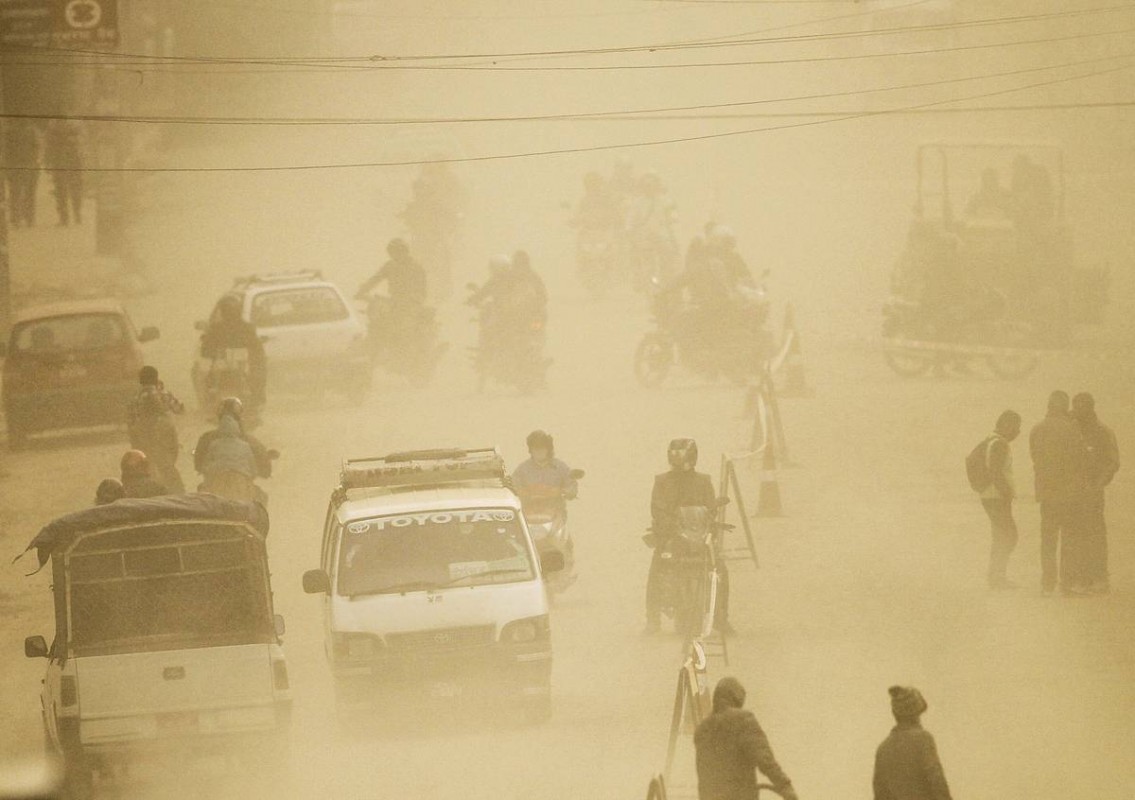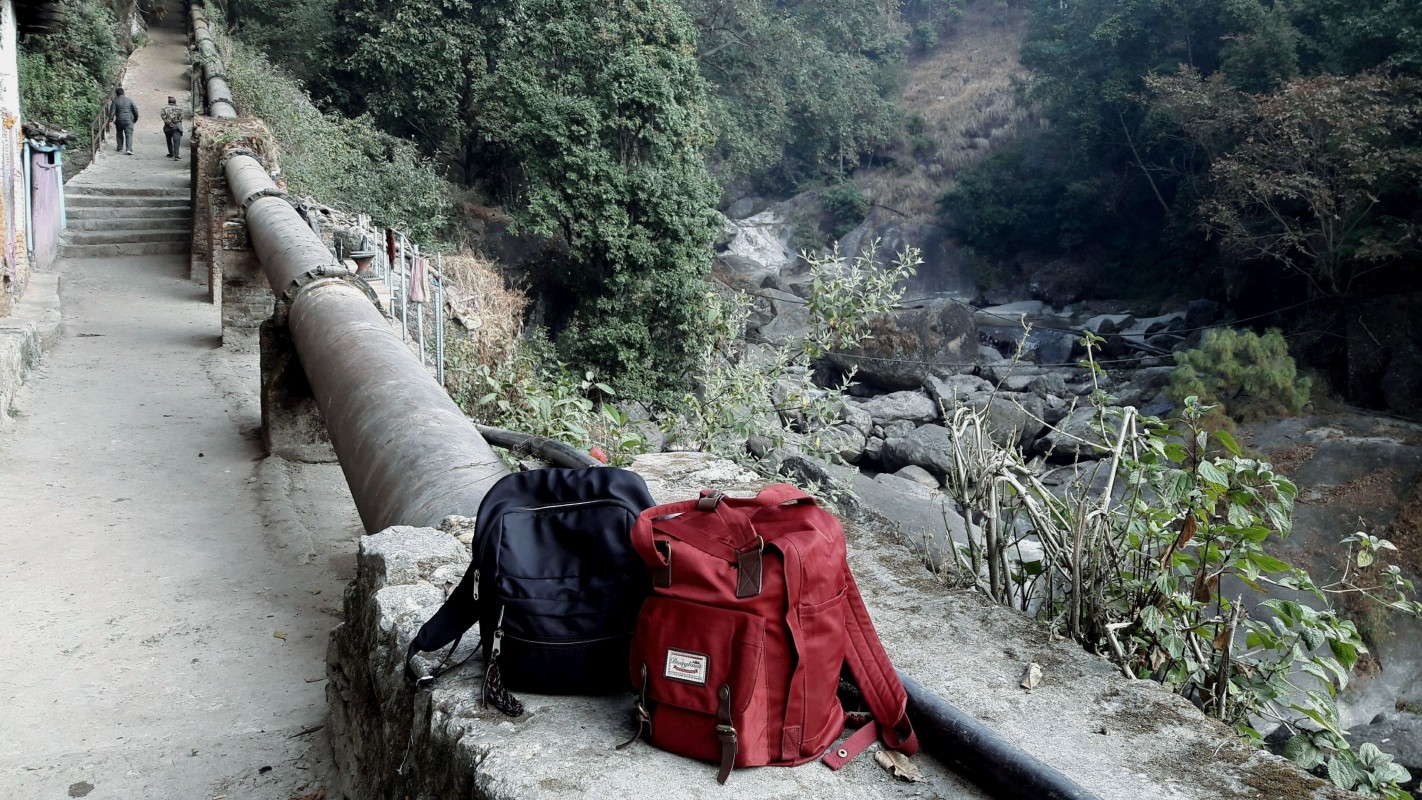Air Pollution: Our Everyday Compulsion

 EPA
EPA
Our life is at risk and we have only been ignoring it. A report was published by the State of Global Air recently that has put Nepal as one of the most polluted countries in the world. In fact, we have ranked second. That’s not something to be proud of. Nepal has an annual average emission of 83.1 micrograms per cubic meter of PM2.5. To give you an idea of how serious this matter is, The WHO guideline for PM2.5 is 10 micrograms per cubic meter. The question arises, what does PM2.5 mean? PM2.5 means those particles that measure less than 2.5 micrometers in diameter which is more than 100 times thinner than a human hair. These are mostly emitted from vehicles, coal-burning power plants, industrial activities, waste burning, and many other human and natural sources. These particles seem to remain suspended in the air for a longer period of time. Their size enables them to travel deeply into the respiratory tract, reaching the lungs. Exposure to PM2.5 can cause short-term health problems like eye, nose, throat, and lung irritation, coughing, sneezing, runny nose, headache, and shortness of breath. It can worsen heart problems and asthma. People with breathing and heart problems, pregnant women, children and the elderly may be particularly sensitive to PM2.5. Long term exposure to PM2.5 will cause Respiratory and cardiovascular diseases. The report reads, “Long-term exposures to air pollution contribute to increased risk of illness and death from ischemic heart disease, lung cancer, chronic obstructive pulmonary disease (COPD), lower respiratory infections (e.g., pneumonia), stroke, type 2 diabetes, and, more recently, adverse birth outcomes”. The report says that Ambient PM 2.5 is the largest driver of air pollution’s burden of disease worldwide. In 2019, air pollution ranked 4th among major mortality risk factors globally. In Nepal, There have been 17,900 deaths due to PM 2.5 and 42,100 deaths due to air pollution according to the report. Keep in mind, these are avoidable deaths and we could be next, or our old grandparents, or our small kids. Air pollution has been right before our eyes for years and we have just been ignoring it, but no more. Effects of air pollution have been taught to people since their childhood. Everyone is aware of it but there does not seem to have been any progress made. Just because its effects can only be seen years later does not make it any less threatening. Pregnant women in our country face the highest risk. Babies aren’t safe. Our elders who have worked for our country are at risk. Our government needs to address air pollution and it needs to do it now. We, citizens, shouldn’t wait for the government to take an initiative. We should do everything from our side to control air pollution. This is for our own benefit and for our future generation. This report on Air Pollution has helped bring attention to its health threats. The iron needs to be hit when it is hot. "Highlights:
The report says that Ambient PM 2.5 is the largest driver of air pollution’s burden of disease worldwide. In 2019, air pollution ranked 4th among major mortality risk factors globally. In Nepal, There have been 17,900 deaths due to PM 2.5 and 42,100 deaths due to air pollution according to the report. Keep in mind, these are avoidable deaths and we could be next, or our old grandparents, or our small kids."
Signup to post your own articles!
Take a Tour of our Photo Gallery
More Articles from Sapana Chhetri:
Perfect with her imperfections
A wonderful Hiking Experience







